Story by Brandes Elitch
Photos courtesy The Petersen Automotive Museum of Los Angeles
According the Los Angeles Tourism and Convention Bureau, a record 48.3 million tourists visited Los Angeles in 2017, which is a pretty amazing number. One of the most visited areas is the stretch of Wilshire Boulevard between Fairfax and La Brea avenues called “Miracle Mile,” the home of four, soon to be five, major museums, and a ten minute walk to the famous Grove and Farmers Market.
The Miracle Mile was one of the first streets in the country designed with the automobile in mind. The anchor of Museum Row is the LA County Museum of Art, a collection of over 100,000 artworks in six buildings, and an outdoor sculpture garden. The La Brea Tar Pits and Museum is the world’s only active, urban Ice Age excavation site. The Craft and Folk Art Museum is across the street. Due to open next year on the corner of Wilshire and Fairfax is the Academy Museum of Motion Pictures (home of the Oscar awards). But for our readers, the main attraction will be directly across the street: the Petersen Automotive Museum, certainly one of the great car museums in the world.
The museum was named for its benefactor, Robert E. “Pete” Petersen (1926-2007). If you grew up in the fifties and sixties, you would be very familiar with some of his publications, including Motor Trend, Hot Rod, Car Craft, Rod & Custom, Sports Car Graphic, and Motor Life. At one time, he had 27 monthly magazines and 30 others published sporadically, with a total circulation of 43 million! In 1994, he gave $15 million to the Natural History Museum of Los Angeles County so that it could acquire a disused department store and transform it into the kind of automotive museum that Los Angeles badly needed.
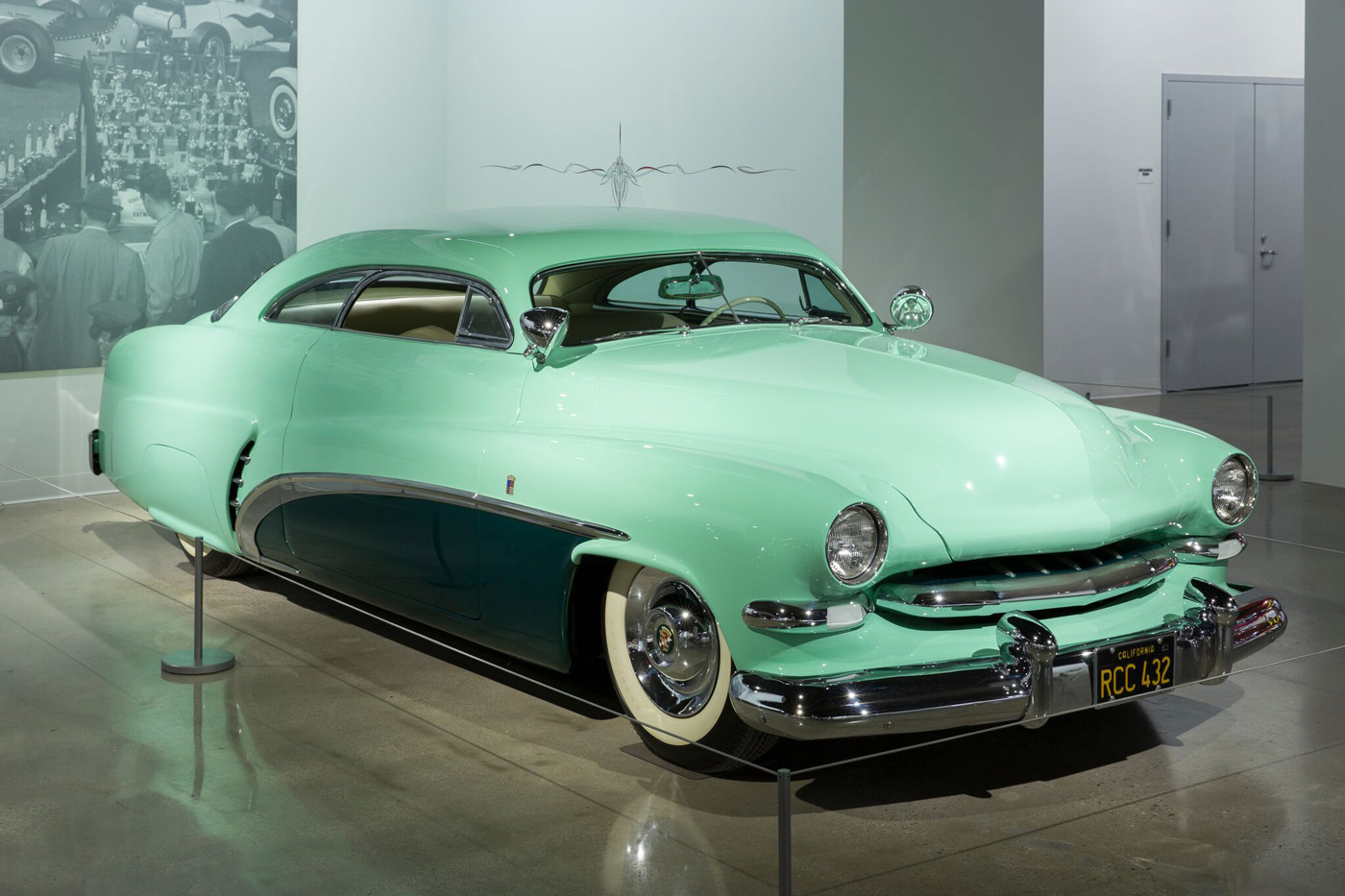
One can’t have a display in California without recognizing the cult of the custom car. Petersen built his fortune on Hot Rods and customs.
Designed by famous architect Welton Becket, who also did the Capitol Records building and the Beverly Hilton, the structure was at first home to Seibu department store, a high-end Japanese retailer. It was then an Ohrbach’s department store from 1965-1986. After Ohrbach’s withdrew from the Los Angeles market, the building remained vacant until it was acquired by the Natural History Museum six years later.
The Petersen museum opened with great fanfare in 1994, then closed again in 2013 for a 14-month, $125 million renovation. It is now encircled by stainless steel ribbons that evoke motion and speed, an assembly of 100 tons of 24-gauge steel, so it is one of the most dramatic buildings you will ever see. There are fully 25 exhibit spaces with over a hundred vehicles on display, and certainly one of the biggest draws is called The Vault, where about half of the collection is stored on the basement level. Tours for the Vault are given on a regular basis and a reservation is required.
Typically, one enters the lobby from the very large parking garage. Immediately to the left is the museum store, and a full service restaurant is just beyond the admissions desk. You start by taking an elevator up to the third floor, and then you work your way back down to the first floor on a helical staircase. Each floor has a theme: history, industry, and artistry. There are 95k square feet of exhibit space, and the vault has an additional 60k square feet.
I visited the Petersen in May and subsequently had a chance to speak with the Chief Historian (and former Chief Curator), Leslie Kendall. The Petersen first opened in 1994, and Leslie has been the Curator ever since, which is a remarkably long time. In a sense he was destined for this role. He grew up in the car culture of San Diego and volunteered at the San Diego Auto Museum in Balboa Park, where he was appointed Curator after just six months. At that time, he wanted to do a particular exhibit that needed a car which belonged to the Natural History Museum of LA County, a Chrysler turbine car. That museum had a collection of 66 cars secreted away in a warehouse that few people knew anything about. They commissioned Leslie to do a survey of the collection to tell them what they had, what to keep, and what to do with them. After he submitted his report, they must have been impressed because he was offered the job of managing the collection. He moved to Los Angeles 15 months before the Petersen opened to help build the museum and has been there ever since.
I asked Leslie about Mr. Petersen. His response was: “I liked him. He was very sharp, a quick study had a good sense of humor and was remarkably down to earth. And he didn’t get too many decisions wrong. He was an honorable man, and he did selfless things for noble reasons.” Later when Pete found out that the County wanted to divest itself of the car museum and get out from under a $25 million bond issue, he said he would pay off the bond under the condition that the building and most of the cars be transferred to the Petersen Museum Foundation.
Leslie is most proud of the 150 exhibits since then, 90% of which he curated personally. He believes that they have maintained very high standards and that their scholarship has never been called into question. The exhibits have been regularly applauded by the press and the public. Leslie says that they are obliged to educate the public, and need to present things that they may not have known about in a way that is engaging, interesting, and entertaining, so they understand it and they get it. He looks for two reactions: people expressing gratitude that what they were expecting to see is there, and second, that people who come in and see an exhibition say, “Wow, I had no idea that this existed and my world is a bit bigger because of that!”
He says that Los Angeles is the perfect place for a car museum because it is really the capital of car culture in the U.S. Even before the war, there were multiple racetracks there and independent minded people like Harry Miller with advanced thoughts could work on car designs, while Hollywood was always in the background with its glamor and emphasis on publicity, which propagated the mystique of LA. People on the East Coast were more conservative; they were judged by their outerwear – you don’t show up to an event in a car, you take a taxi. In LA you need a car; it is not a walking city. Cars are how we say hello, communicating your tastes and your success to the world. In LA, you put on your car, you don’t just get into it. As Leslie says, here in LA, you need to proclaim your individuality.
And so there are different galleries in the museum to address all of these areas. In May, a massive exhibition of Porsche opened on the ground floor, undoubtedly the largest such show anywhere outside of the factory museum. There was an exhibit of “low riders” curated by Denise Sandoval, a college professor with a doctorate in ethnic studies from CSUN who could speak with an authentic voice that was appropriately academic, yet approachable.
There was an exhibit of red Ferraris: a 1955 857 sport , a 1965 259 LM, two 1956 410 Superamericas, a 1949 166 MM barchetta, a 1963 250 GTO, and a 1947 125S. In one room were some of the most desirable examples of this marque to be found anywhere.
There is an extraordinary collection of what I suppose I would call “hot rod custom motorcycles,” curated by Paul D’Orleans, who has authored the catalog of the exhibit. I don’t think I am exaggerating when I say that Paul is one of the most knowledgeable and authoritative motorcycle experts anywhere in the world, and his website is mandatory reading for motorcycle people: www.thevintagent.com.
The top floor has an exhibition of cars from the movies, as well as a multi-panel exhibit of how a car is made from drawing to assembly line to final production, in this case featuring a Maserati SUV. There were also a few prototypes and for me one of the highlights, a framed original sketch of a Chrysler dream car, the 1958 Imperial d’Elegance, which was one of the most interesting parts of the collection for me, which just goes to show that everybody likes something different.
There was even a small room set aside for the Art Center College of Design complete with two students doing coursework in there! The Art Center has a relationship with the museum, and as you must know, it is one of, if not the premier school for automotive design, although of course it has other areas of design, such as advertising, entertainment, environmental, film, fine art, graphic design, illustration, interaction, photography and imaging, product design, and transportation (phew!).
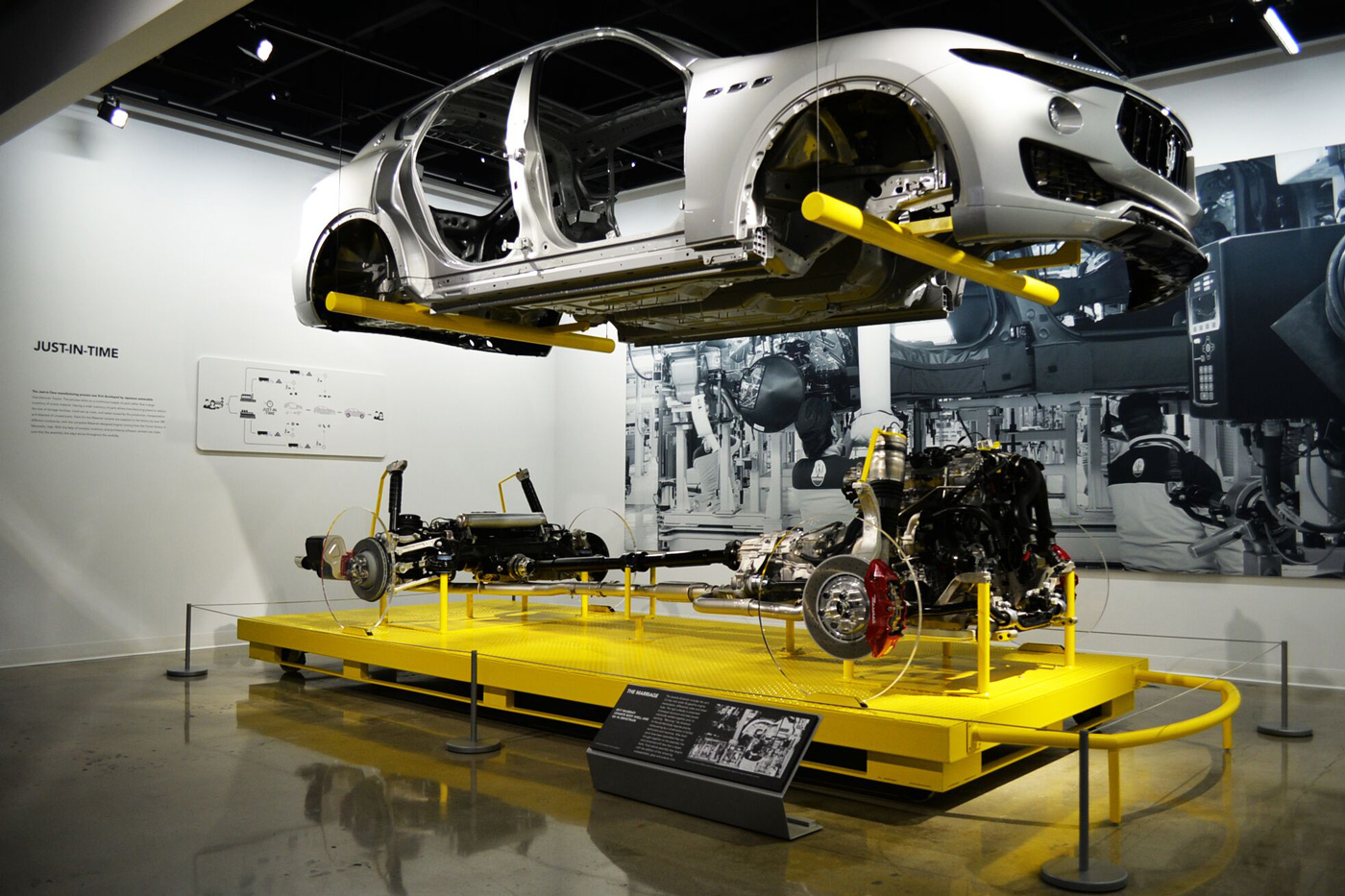
Making a Maserati. Not what one might think, but the latest in production techniques employed by Maserati today.
It takes a large staff of people to run a big museum like this. Leslie is quick to credit Peter Mullin, Chairman of the Board of Directors, who he says has a very refined automotive taste which requires that not only does the car have to be mechanically interesting and important – it has to be beautiful too.
In closing, Leslie told me that he still has a car which he got when he was two years old (!): a Viking Craft of Anaheim quarter midget with its own trailer. It must have been for show, as every bit of trim is chrome plated. I think this should be on display too, and I hope it is for the next time I go there for a tour of The Vault!
You can see more at: www.petersen.org. Below is a quick taste of what’s in store at the Petersen…
Something for everyone
From the Vault



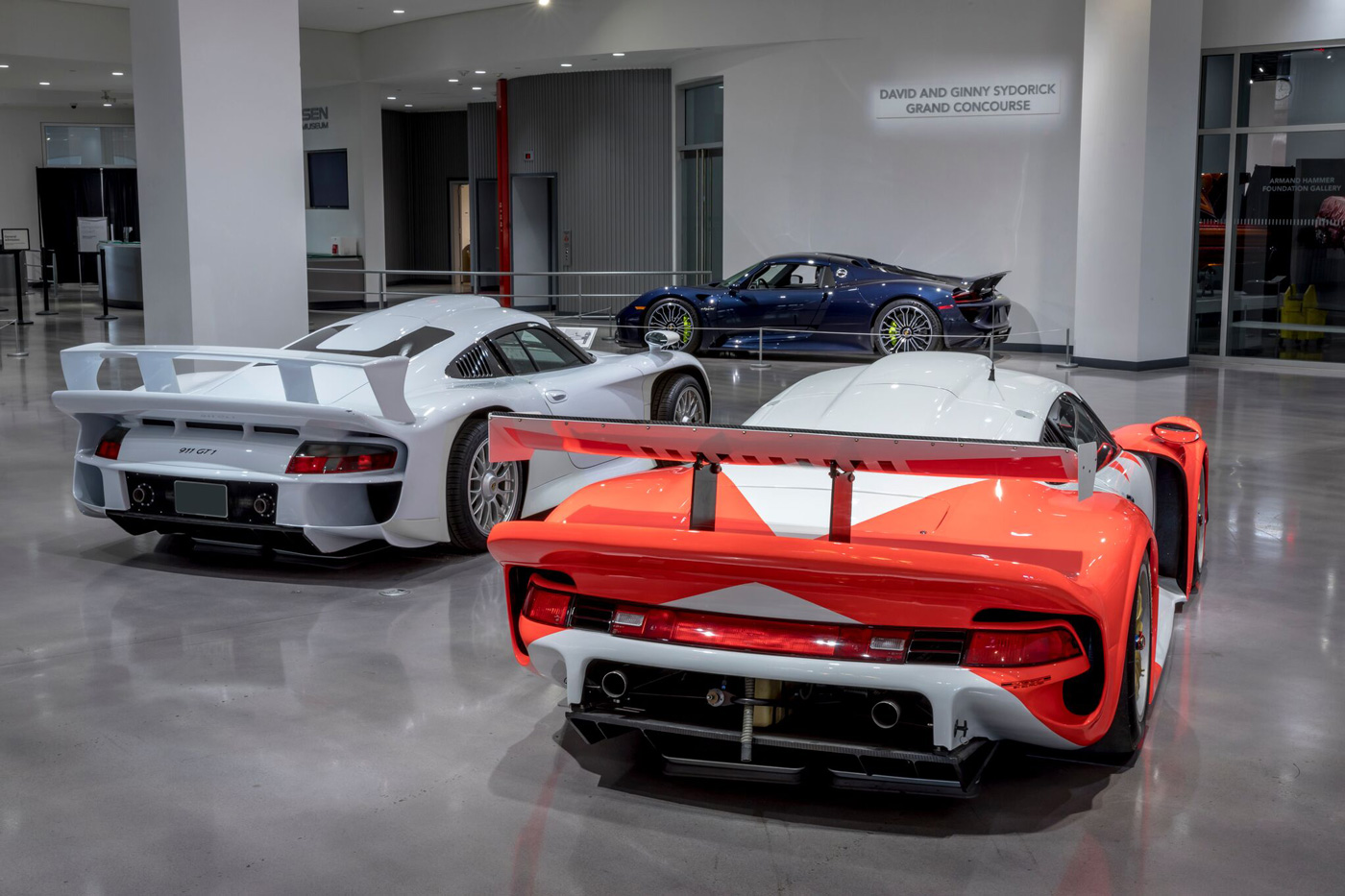
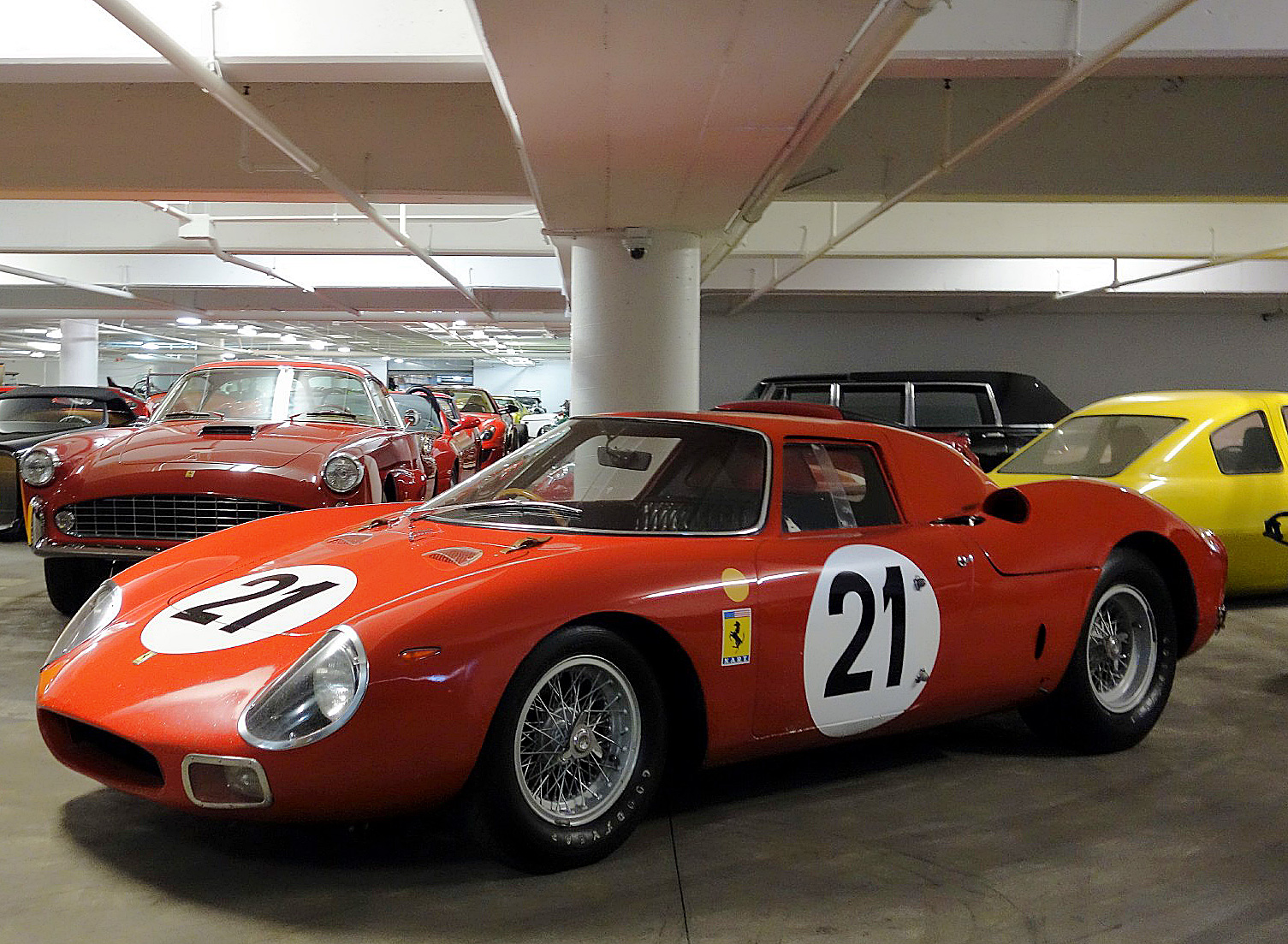
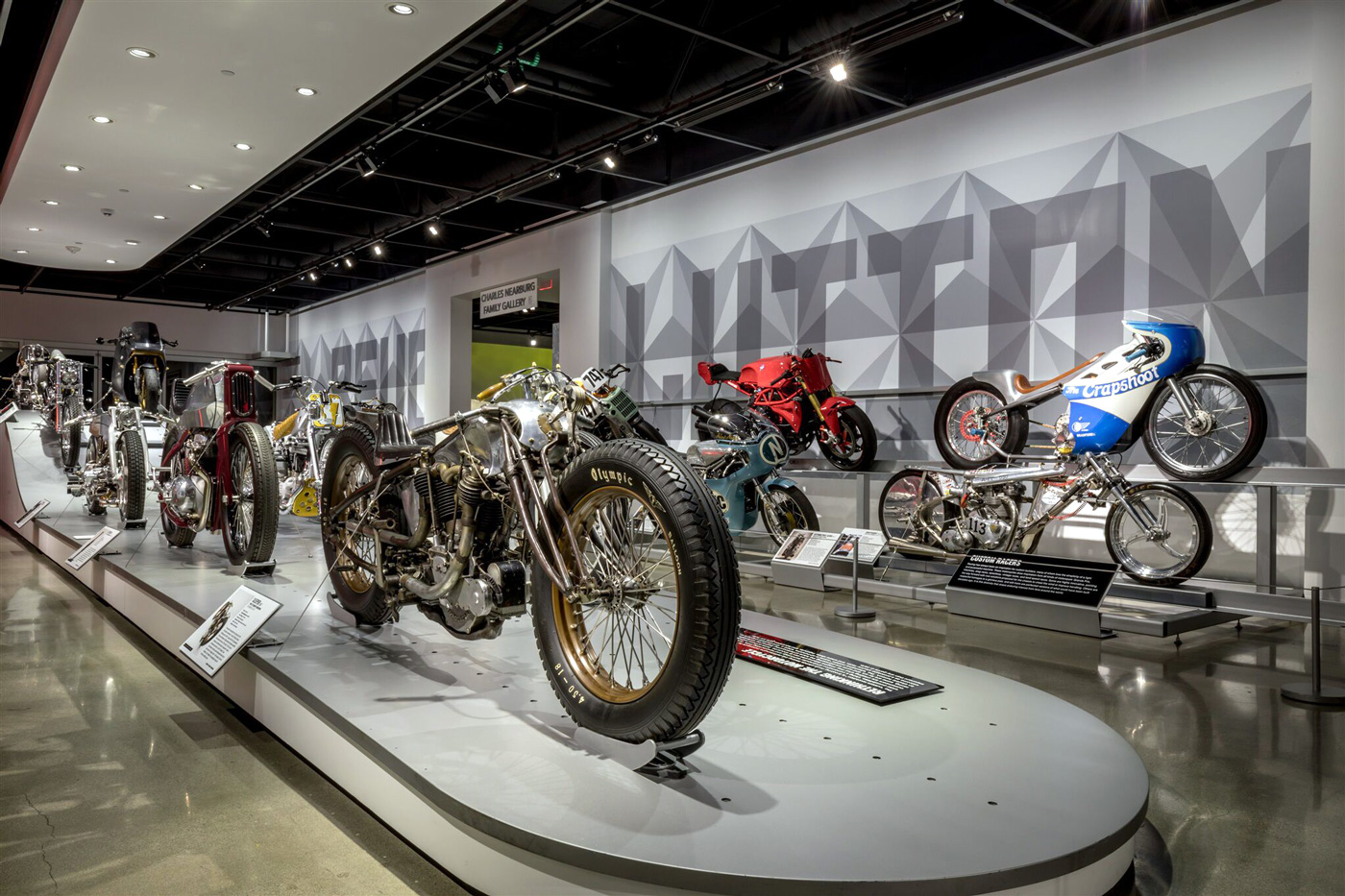
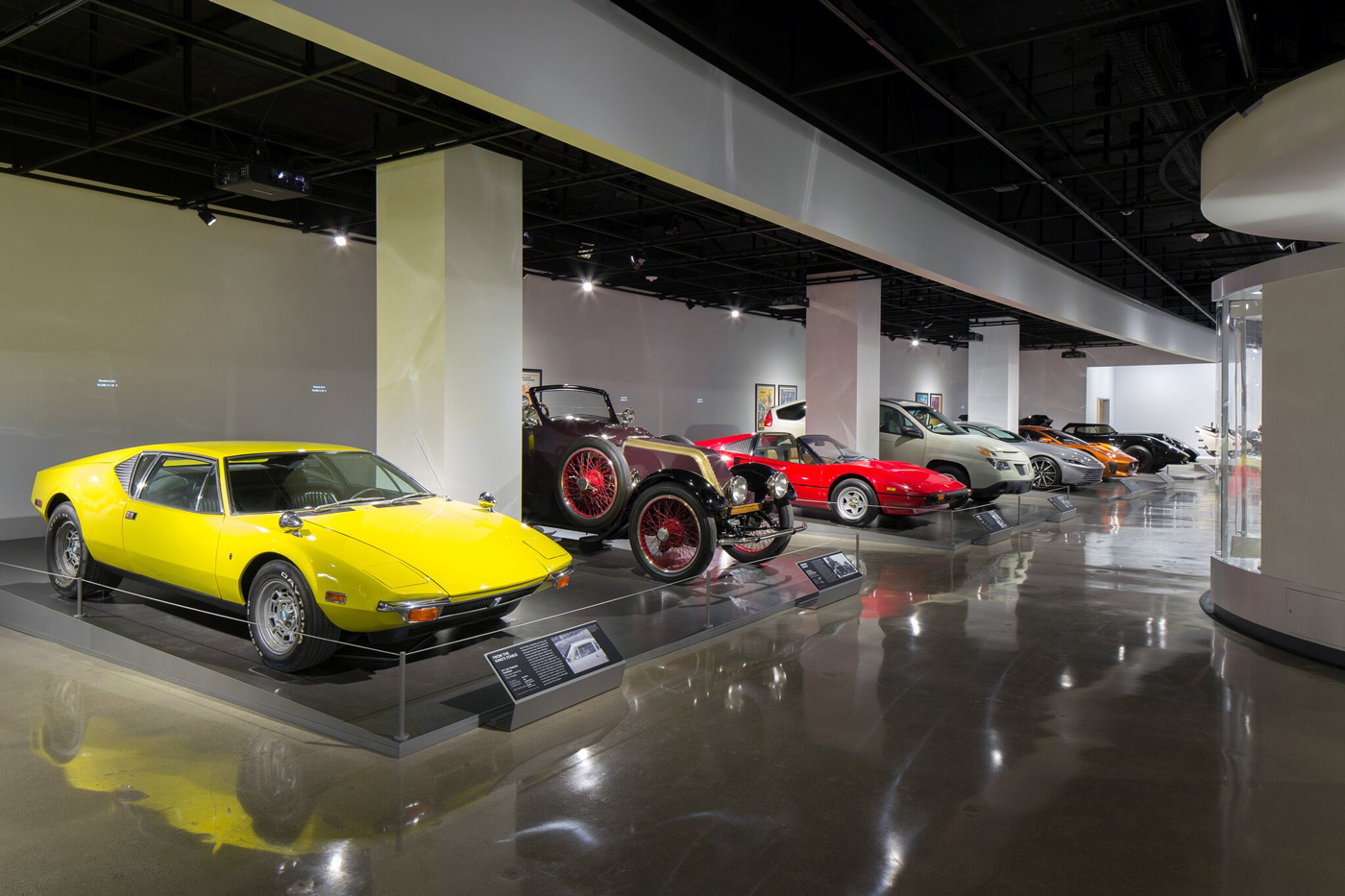

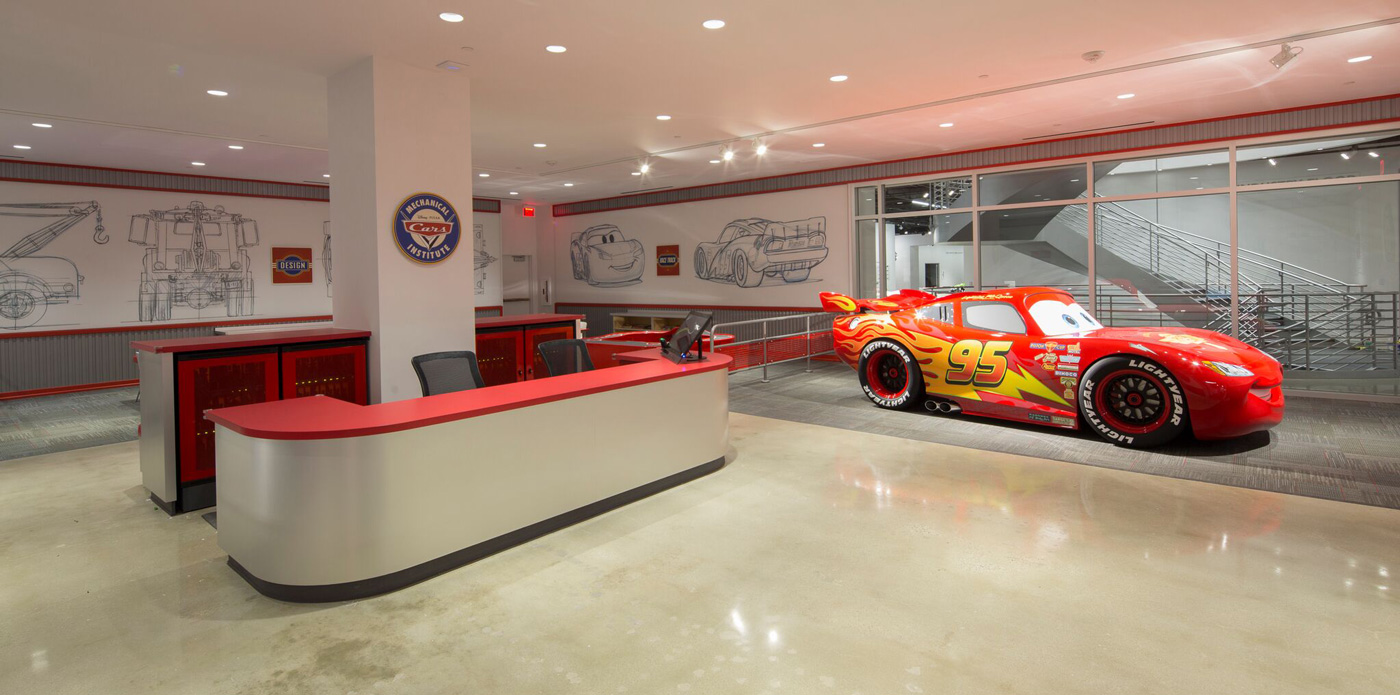

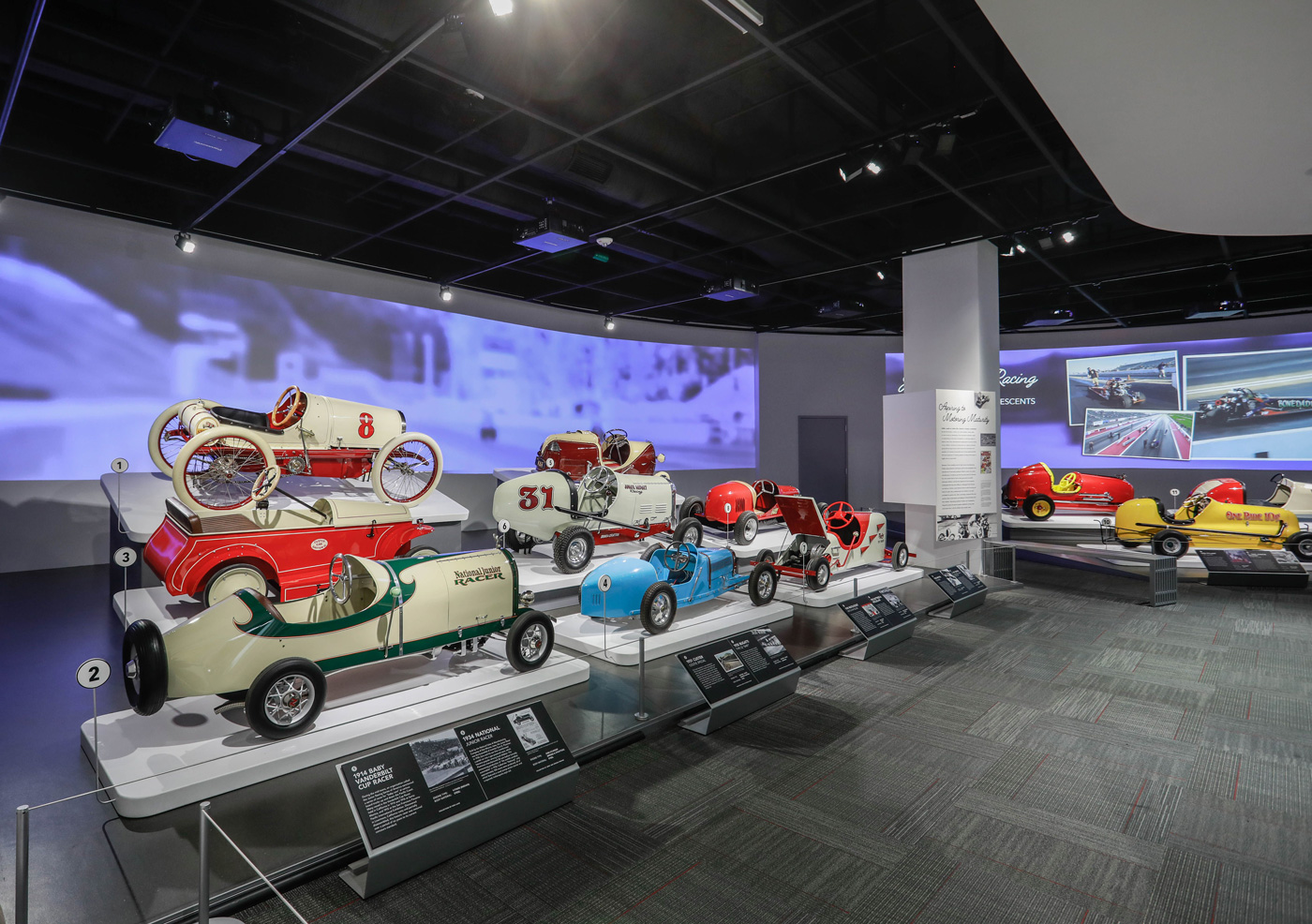

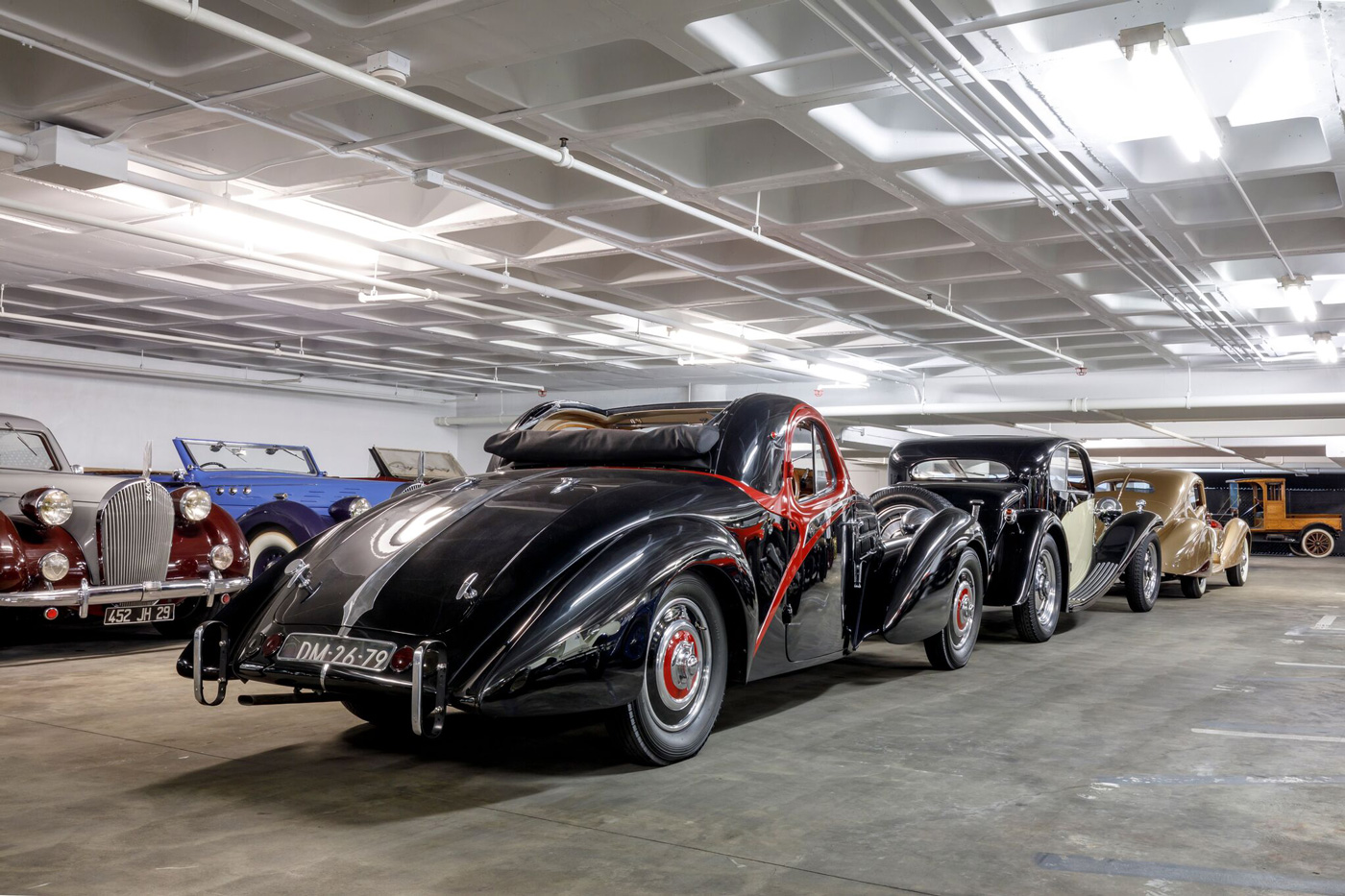
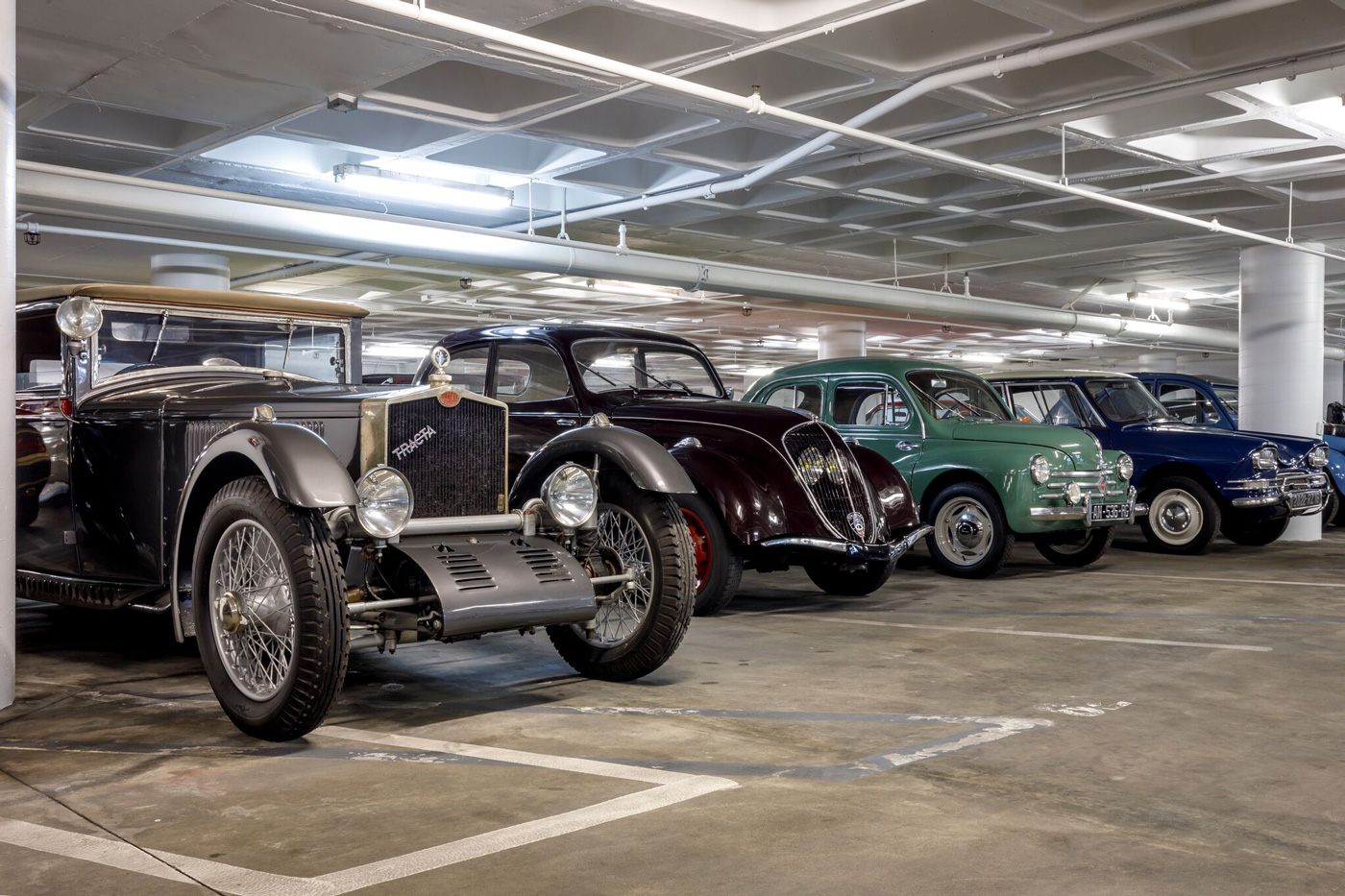
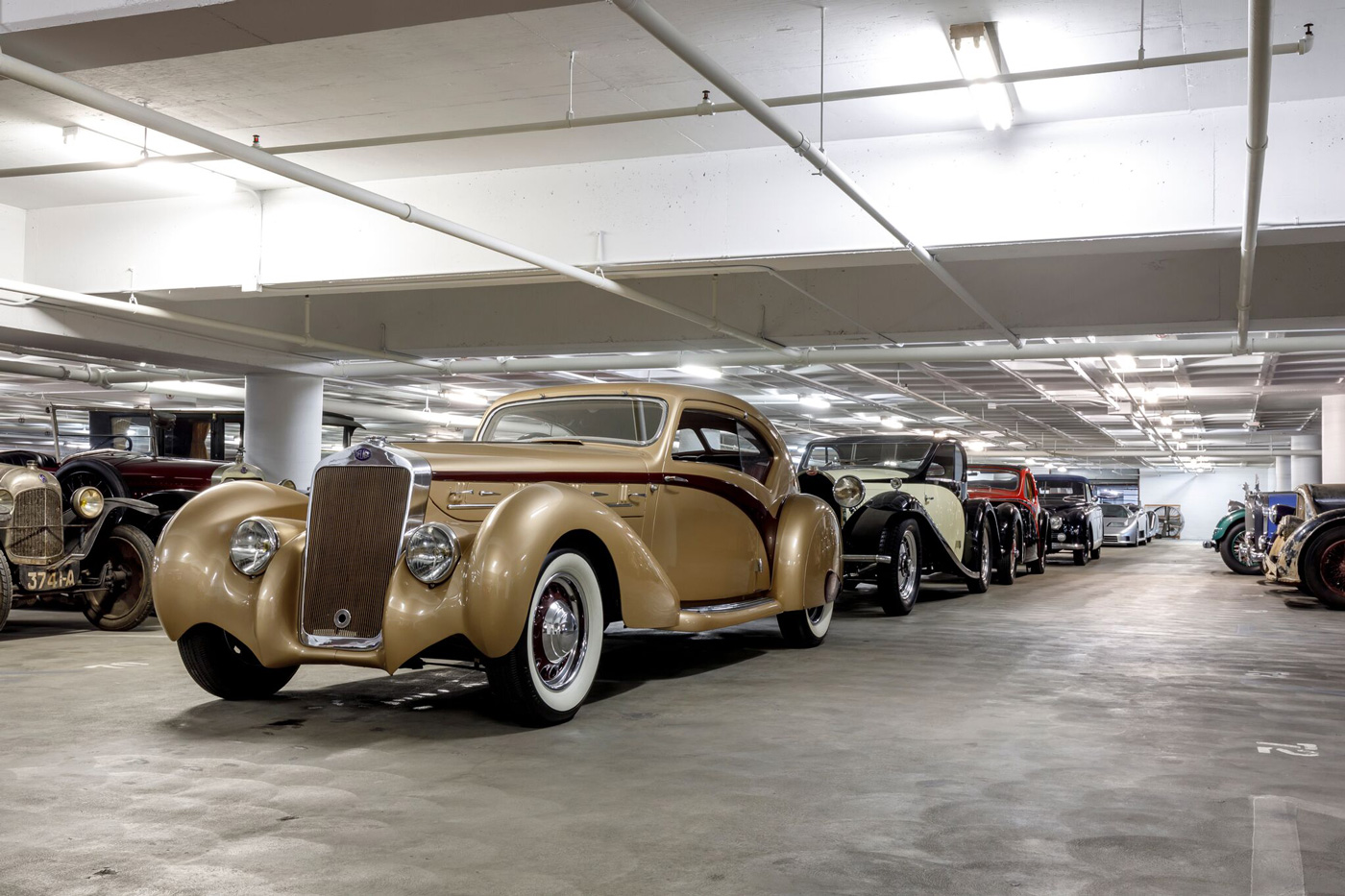
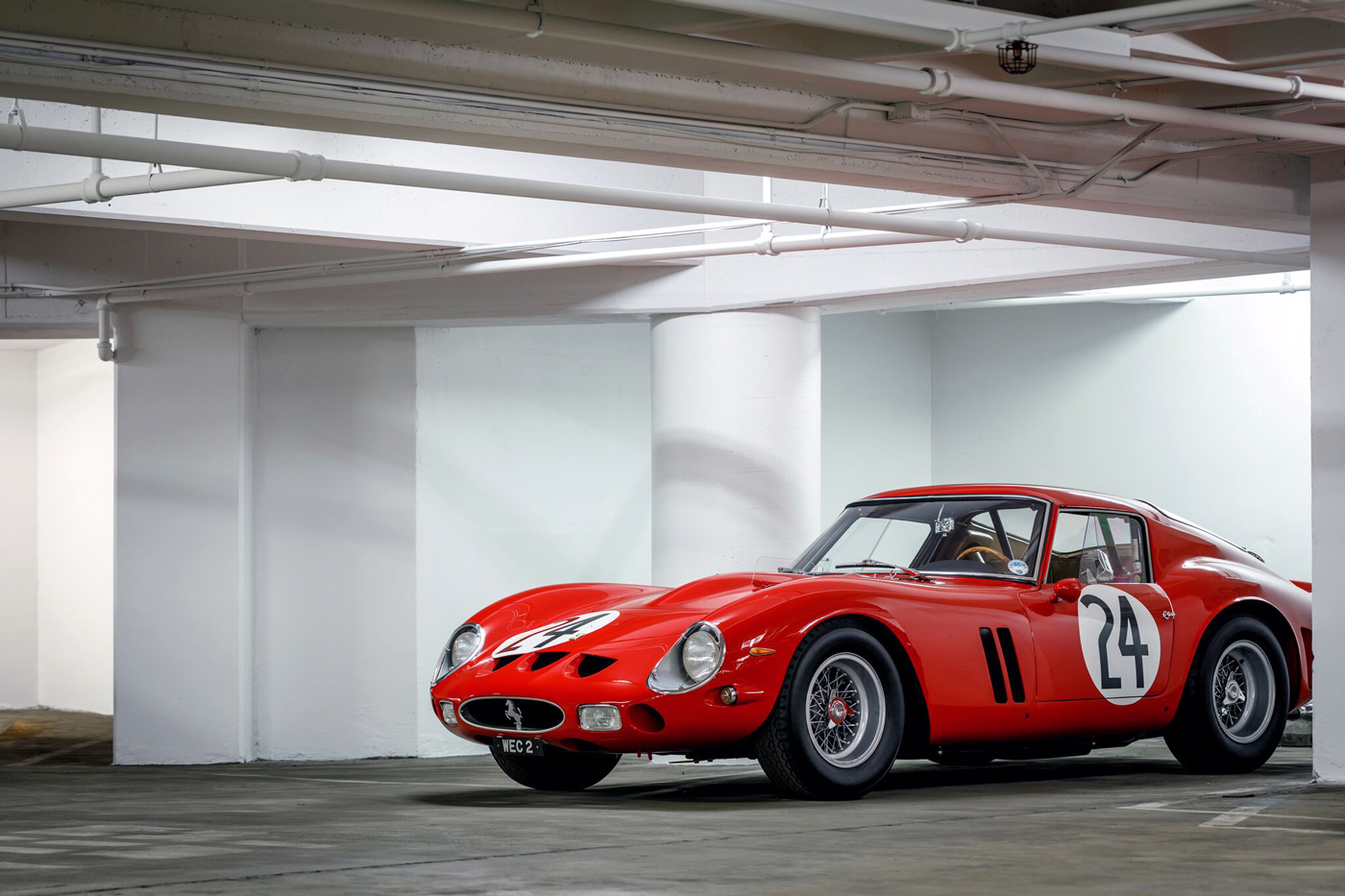
WOW! What a Great Museum. Pete Peterson’s legacy is multi faceted..a talented and successful business man in a highly competitive magazine publishing field and a very charitable person who helped many develop an important career under his tutelage. Elitch’s coverage brings us a good look at the automotive greats Peterson provided for our enjoyment. Thank You Pete…RIP.
Great tour! I’ve got to get back out there one day!